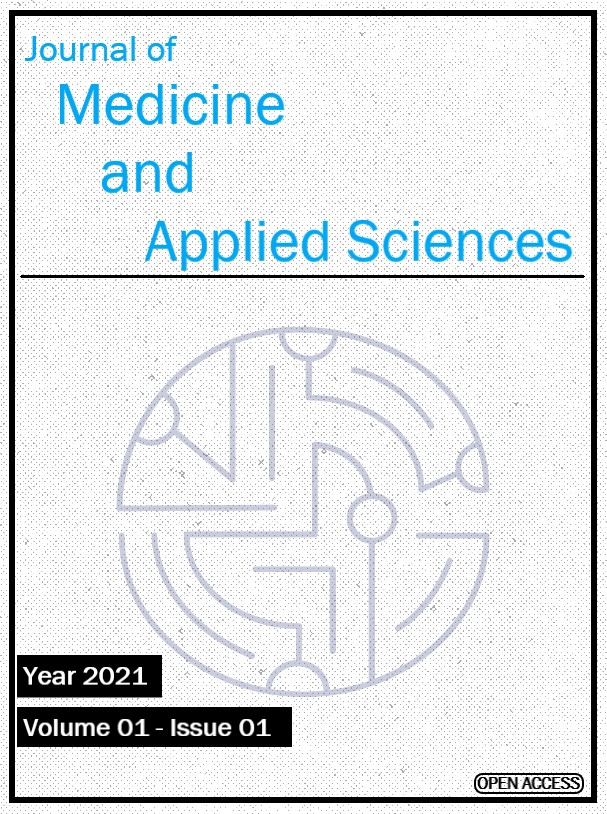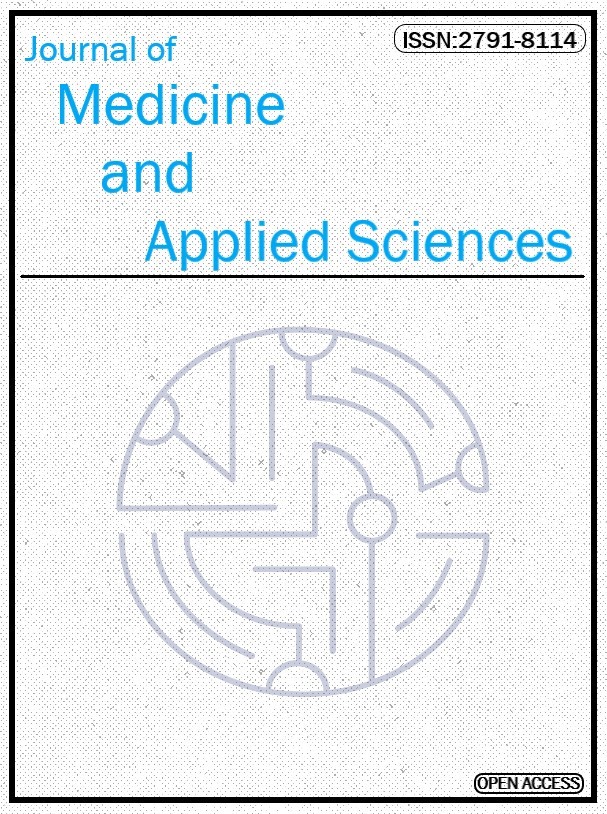Development of “Gamma Finder” Device
“Gamma Finder” Cihazının Geliştirilmesi
Keywords:
Gamma Finder, radionuclide, half-life, activityAbstract
In this study, it is aimed to develop a radiation warning system with a portable structure such as a name badge, which will minimize the damage to the hospital personnel near the patient after the radiation used in diagnostic nuclear medicine applications. In these applications, short half-life radionuclide (technetium-99m (Tc-99M), fluorine-18 (Fl-18) and iodine-131 (I-131)) is given to the patient and imaging is performed with a gamma camera or another device. The half-lives and energies of these radionuclides are 6 hours-140 keV for Tc-99M, 110 minutes-511 keV for Fl-18 and 8 days 364 keV for I-131, respectively. At least three half-lives are required for these radionuclides to lose 87.5% of their activity. In this study, a “Gamma Finder” radiation warning device was developed by using a microcontroller, a sensor that can detect gamma and beta particles in the 50 keV-2 MeV energy range, and light and sound warning components. The warning threshold limit of this device is the value read from 1 meter of the dose emitted from the radionuclides in the patient after imaging procedures. This value is the distance at which 87.5% of the activity effect of the radionuclide disappears. The device warns if the nuclear imaging patient is closer than 1 meter to hospital personnel before the threshold time expires.
Downloads
Published
How to Cite
Issue
Section
License
Copyright (c) 2021 Journal of Medicine and Applied Sciences

This work is licensed under a Creative Commons Attribution-NonCommercial-NoDerivatives 4.0 International License.



